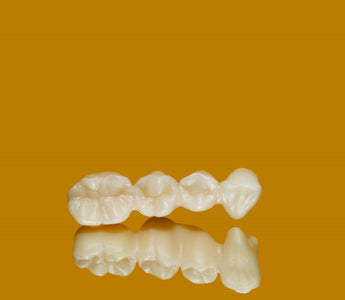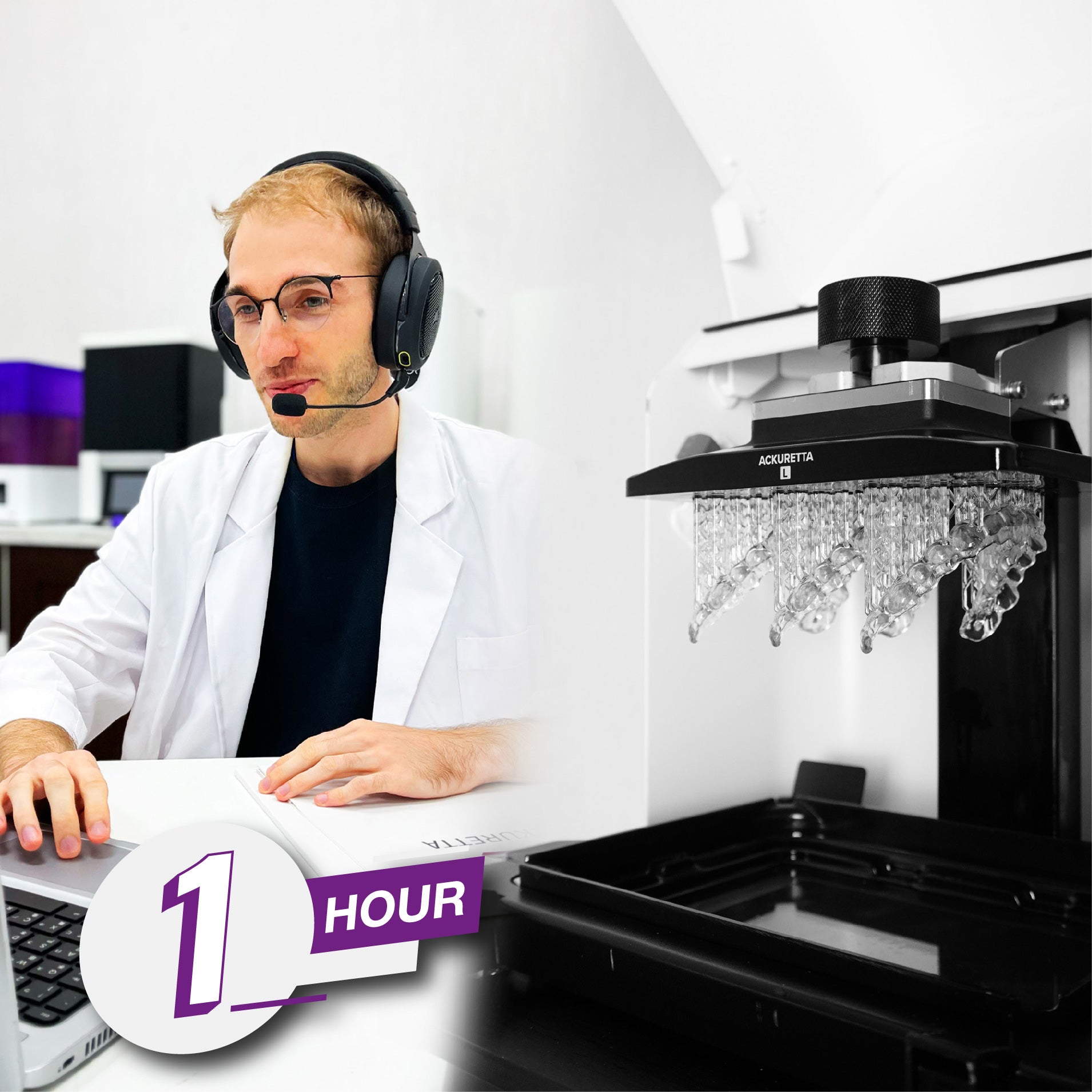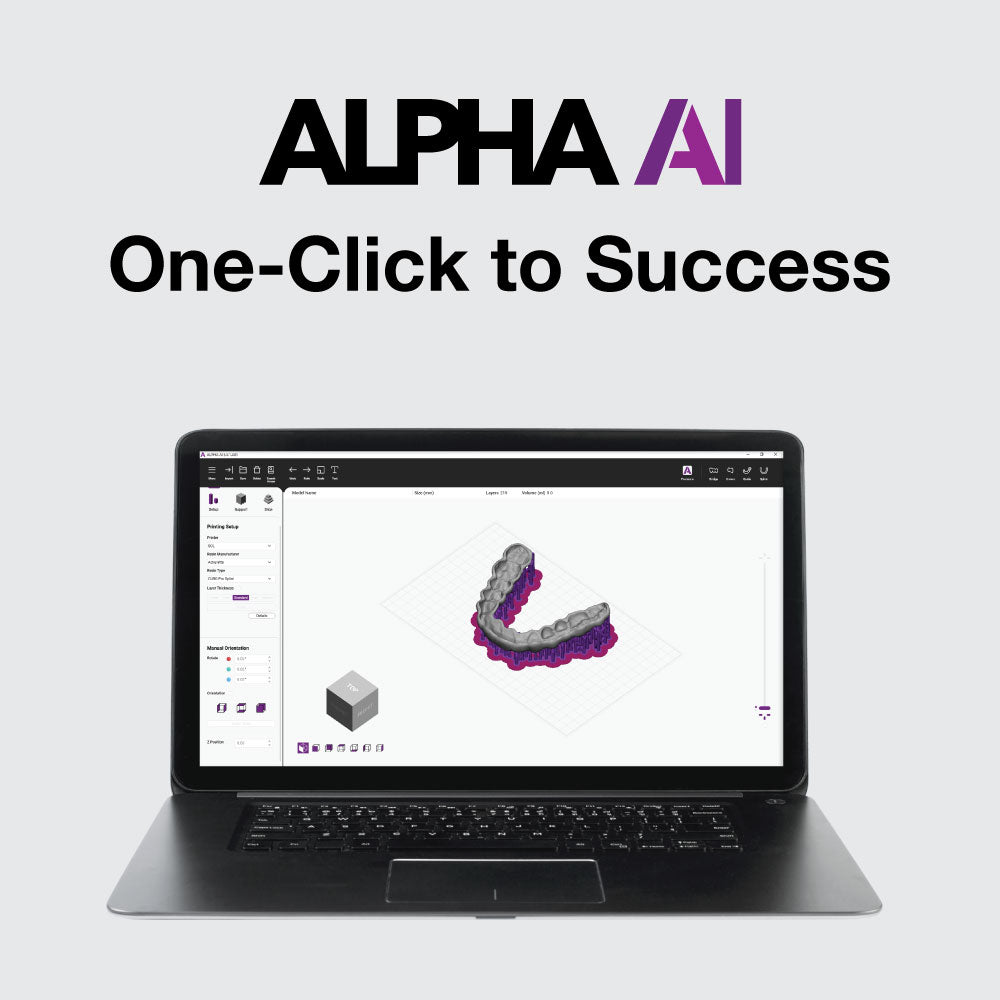Dental 3D Printing
The Tech Details behind 3D Printers - Part 1
XY Resolution and Layer Thickness
XY Resolution &
Layer Thickness
By Julia Kemmesies
You’re on the path of digitizing your dental lab or clinic and see yourself faced with numerous 3D printing solutions - all look great on the outside and every sales person will tell you that they have exactly what you need.
This 3 part series is designed to help all dental professionals make educated decisions on which specs matter and to clarify the tech background to understand how XY and Z-axis resolution, accuracy and precision predictions will affect their printing results.
Here are our quick facts:
XY Resolution
⇒ Low pixel size = high resolution
⇏ Accuracy
⇏ Quality 3D printing results
Layer Thickness
⇒ Thinner layers = smoother surface
⇒ Thinner layers = longer printing time
What's XY Resolution?
We are all familiar with LCD (liquid crystal display) technology from our daily life. Your phone, your TV, your laptop all have LCD screens - the latest technology is increasing the resolution for an optimal viewing experience (HD, 4K, etc.).
Think back to the old TVs and the pixelated shows, facial features were barely distinguishable - but today, you can see the tiniest pearl of sweat rolling off the actor’s face.
Does this work for 3D printing as well?
Yes, of course. Similar to a DLP printer, in a LCD printer an entire layer is flashed with UV light and cured at once. But the light source is an array of LEDs exposing UV light through a LCD screen. Only the area that needs to be cured, will be exposed.
The smaller the pixels of the screen, the more clearly can be separated where light will be sent through and where it won’t. So while it might not matter if you have a pixel size of 47 or 49 micron, it does matter when you compare 49 and 100 micron.
Here it can get a little confusing:
The smaller your pixel size, the higher your resolution and the smoother the features of your 3D print will be.
To make it simple: low pixel size = high resolution
What’s the effect of a high resolution?
While in dental 3D printing, we don’t print faces - we aim to print natural looking, accurate replications or aesthetic replacements. Obviously, the print will not come out blurry as in the image above, but with lower resolution the features of the print might also be just a little less smooth.
Technical Limitations
Just because high resolution is advertised doesn’t mean you will have accurate, detailed 3D prints.
It seems to be a marketing strategy especially of low budget printer manufacturers to advertise absurdly high resolutions - 4K, 8K and what not. Sounding great but not necessarily leading to high resolution outcomes. Reliable 3D printing results often come down to having an overall quality product.
What you really have to take a look at is quality 3D printers guarantee consistent light uniformity.
In most printers the light power of the light source changes over time - the higher the quality of the printer components, the longer you can expect the lifespan of your light source to be. A light source that does not send equally bright light through the LCD screen will inevitably cause failed prints.
Premium brands put their clients' needs as a high priority. A clinic or lab needs to be able to print continuously, which makes easily replaceable components crucial to maintaining productivity.
On the other hand, we live in a world flooded with electronic waste, we believe dental professionals do not need to replace a 3D Printer just because of a component failure or its life cycle has finished.
At Ackuretta we can confidently say that our 3D printers are manufactured with high quality components. Since the release of DENTIQ, there have been 0 warranty claims attributed to the light power.
Concerning matters of light uniformity, DENTIQ is designed in a way that makes replacing a single component, such as the backlight driver, simple and quick for any user.
Layer Thickness
Layer thickness is often called Z-axis resolution, when in fact it just describes the thickness of layers with which the 3D print is produced.
With LCD technology, the build platform dips in the resin, lifts up and light shoots through the LCD panel and one layer is cured. To finish one 3D print, this happens hundreds of times.

With most slicing software you can individually set the layer thickness - the default setting is usually 100 micron. With a low value for the layer thickness, you achieve very smooth applications.
But for most printers lower layer thickness equals longer printing time.
Ackuretta SOL is an exception. A 3D print made with 70 micron and one at 100 micron layer thickness showed that there's only a 10 to 30 minute increase in printing time. Which means even the most intricate dental applications can be made same day and chairside.
In comparison, a SLA 3D printer by another manufacturer advertises the ability to produce prints with a 25 micron layer thickness but that comes at the cost of printing for over 17 hours - being highly inconvenient if you want to keep an efficient workflow.
So how do I choose the right 3D printer for me?
XY Resolution and layer thickness is a central matter in 3D printing. It defines the smoothness of your prints and since dental applications are often used intraorally, they must have a natural feel to them. So you should make sure that you buy a printer that can perform accordingly.
In the end, it is a question of how much you are willing to invest. A premium printer will deliver premium results but might require a compromise on speed. A cheap printer might promise you fast and high resolution results, but the time and money spent calibrating the machine will end up costing you not just valuable working hours but also a lot of wasted resin.
Luckily for you, there is already a big community of dental professionals who are sharing their experience with digital dentistry online. You can find them on a variety of social media platforms.
If you are looking to learn more about Ackuretta, join our Ackuretta User Group and see what industry experts think about our products. They will gladly assist you with any tech questions you have surrounding dental 3D printers.























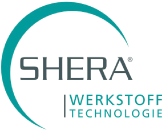








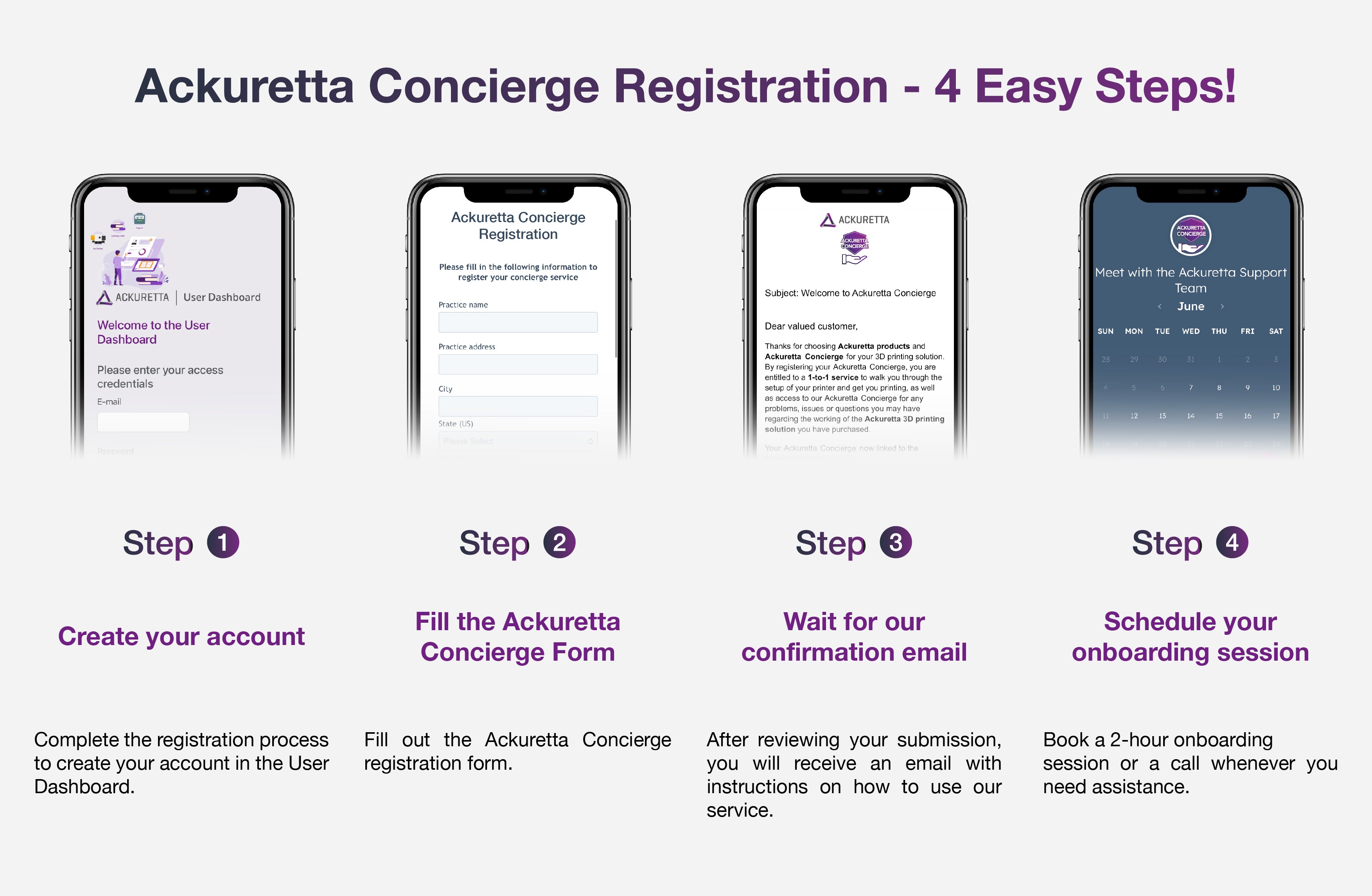






























 Loading ...
Loading ...
